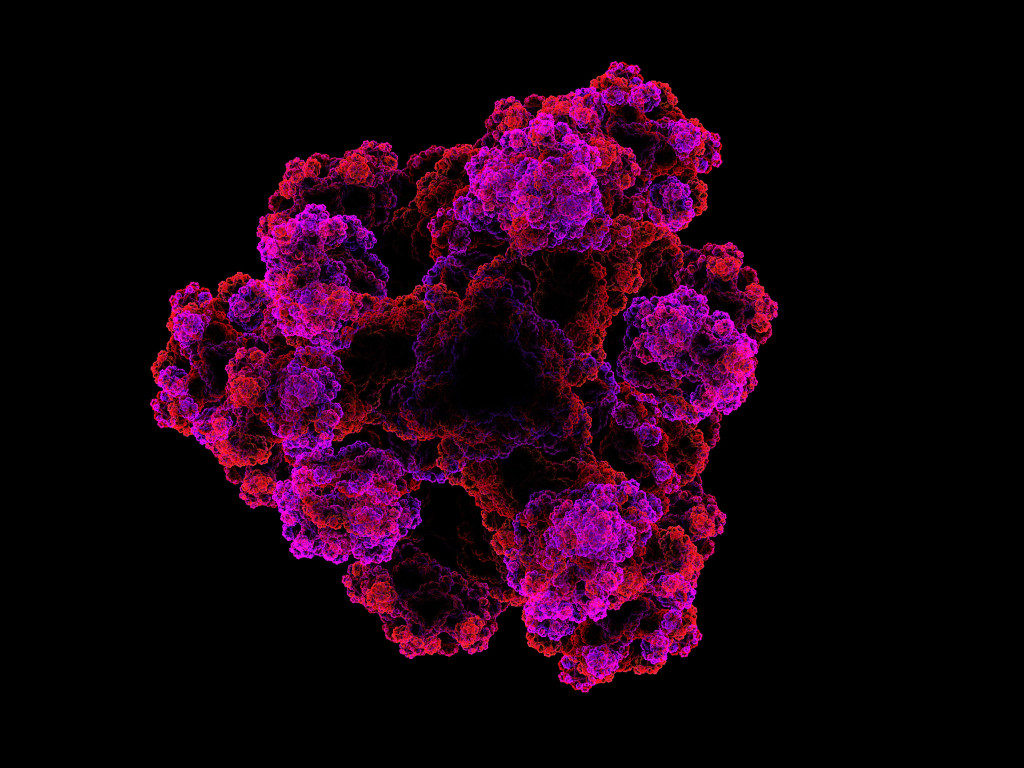Significance
Multicellular organisms synthesize a specific set of proteins in each cell type to enable cellular differentiation and functions. These proteins interact with each other to form complexes needed for various cellular processes. Despite recent advances in cell-specific transcriptomics, very few methods can robustly profile cell-specific proteomes and interactomes in intact organisms without the physical isolation of cells. We developed a chemical biology approach to label proteins from specific cells with a bifunctional amino acid probe that carries both a bio-orthogonal tag for affinity purification and a photo-cross-linker for capturing protein–protein interaction. This method only requires cell-specific expression of an engineered aminoacyl-tRNA synthetase that incorporates the probe into proteins and can be applied to a broad range of organisms.
Abstract
Multicellular organisms are composed of many tissue types that have distinct morphologies and functions, which are largely driven by specialized proteomes and interactomes. To define the proteome and interactome of a specific type of tissue in an intact animal, we developed a localized proteomics approach called Methionine Analog-based Cell-Specific Proteomics and Interactomics (MACSPI). This method uses the tissue-specific expression of an engineered methionyl-tRNA synthetase to label proteins with a bifunctional amino acid 2-amino-5-diazirinylnonynoic acid in selected cells. We applied MACSPI in Caenorhabditis elegans, a model multicellular organism, to selectively label, capture, and profile the proteomes of the body wall muscle and the nervous system, which led to the identification of tissue-specific proteins. Using the photo-cross-linker, we successfully profiled HSP90 interactors in muscles and neurons and identified tissue-specific interactors and stress-related interactors. Our study demonstrates that MACSPI can be used to profile tissue-specific proteomes and interactomes in intact multicellular organisms.







